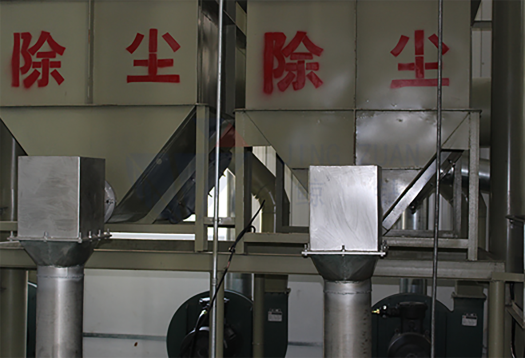
Nov . 27, 2024 16:45 Back to list
Exploring the Applications and Benefits of Hydroxypropyl Methylcellulose in Various Industries
Understanding Hydroxypropyl Methylcellulose A Key Ingredient in Modern Applications
Hydroxypropyl methylcellulose (HPMC) is a versatile and widely used polymer in various industries, most notably in pharmaceuticals, food products, construction, and cosmetics. Its unique properties make it an essential ingredient in many formulations, exhibiting excellent compatibility, stability, and functionality.
What is Hydroxypropyl Methylcellulose?
Hydroxypropyl methylcellulose is a semi-synthetic polymer derived from cellulose, a natural polymer found in the cell walls of plants. In its production, cellulose is chemically modified through a series of etherification reactions involving propylene oxide and methyl chloride, resulting in a compound that possesses both hydrophilic and hydrophobic characteristics. This modification helps enhance its solubility in water, allowing it to form gels or films, which is crucial for its applications.
HPMC is available in various grades with different degrees of substitution and viscosity, allowing formulators to choose the right type for their specific needs. As a non-ionic polymer, it does not react with electrolytes or other ingredients, making it highly compatible in diverse formulations.
Applications in Pharmaceuticals
One of the primary applications of HPMC is as a pharmaceutical excipient. It is widely used in drug formulations because of its binding, thickening, and film-forming properties. HPMC is particularly valuable in controlled-release formulations where it helps to regulate the release of active pharmaceutical ingredients (APIs) over time. Its gel-forming ability can provide a sustained release of medication, improving efficacy while minimizing side effects.
Moreover, HPMC is often used as a coating agent for tablets and pellets, enhancing their stability and bioavailability. Its non-toxic and non-allergenic nature makes it a safe option for various pharmaceutical applications, ensuring that patients achieve optimal therapeutic outcomes without adverse effects.
Role in Food Products
In the food industry, HPMC serves multiple purposes, primarily as a thickening agent, emulsifier, and stabilizer. It is commonly found in processed foods, sauces, dressings, and bakery products. The addition of HPMC enhances the texture and mouthfeel of food products while also improving shelf life.
hydroxypropyl methylcellulose

HPMC is especially beneficial in gluten-free baking, where it helps provide structure and elasticity often missing due to the absence of gluten. Its water-retention properties are crucial in maintaining moisture levels, which prevents dryness and enhances the quality of gluten-free items. Importantly, HPMC is considered safe for consumption, and it has been approved by various food safety authorities, including the FDA.
Significance in Construction and Building Materials
In the construction industry, HPMC is incorporated into various building materials, including tiles, paints, and cement-based products. It acts as a binder, improving adhesion and workability. Additionally, HPMC can enhance the water retention of mortars and plasters, which is vital for proper hydration and curing.
The polymer also contributes to the mechanical properties of construction materials, such as flexibility and strength. Consequently, HPMC helps in the batching and processing of high-performance concrete, ensuring a more sustainable and durable building solution.
Impact on Cosmetics and Personal Care Products
The cosmetic industry also benefits from HPMC’s unique properties. It functions as a thickening agent in lotions, creams, and gels. Its ability to form stable emulsions makes it a popular choice for formulating a wide range of personal care products.
In skin care, HPMC can provide a smooth and silky feel, enhancing the user experience. Its biocompatibility ensures that it is safe for both skin application and formulations, making it suitable for sensitive skin products.
Conclusion
Hydroxypropyl methylcellulose is a multifaceted ingredient that plays a crucial role across numerous sectors, including pharmaceuticals, food, construction, and cosmetics. Its properties, such as water solubility, film formation, and non-toxic nature, make it an invaluable component in modern formulations. As industries continue to evolve, the demand for innovative and efficient ingredients like HPMC will likely grow, highlighting its importance in ensuring safety, efficacy, and quality in various applications. Understanding and utilizing HPMC effectively can lead to enhanced product performance, making it a key player in future developments across multiple fields.
-
Premium Cellulose Ether: Effective Liquid Thickener Solutions
NewsAug.29,2025
-
HPMC for Tile Adhesive: Enhanced Bonding & Workability
NewsAug.28,2025
-
tile-bonding-additives-for-stronger-bonds
NewsAug.22,2025
-
construction-grade-rdp-for-wholesale-needs
NewsAug.22,2025
-
trusted-hec-supplier
NewsAug.22,2025
-
HEC Solutions for Industrial Excellence
NewsAug.22,2025







